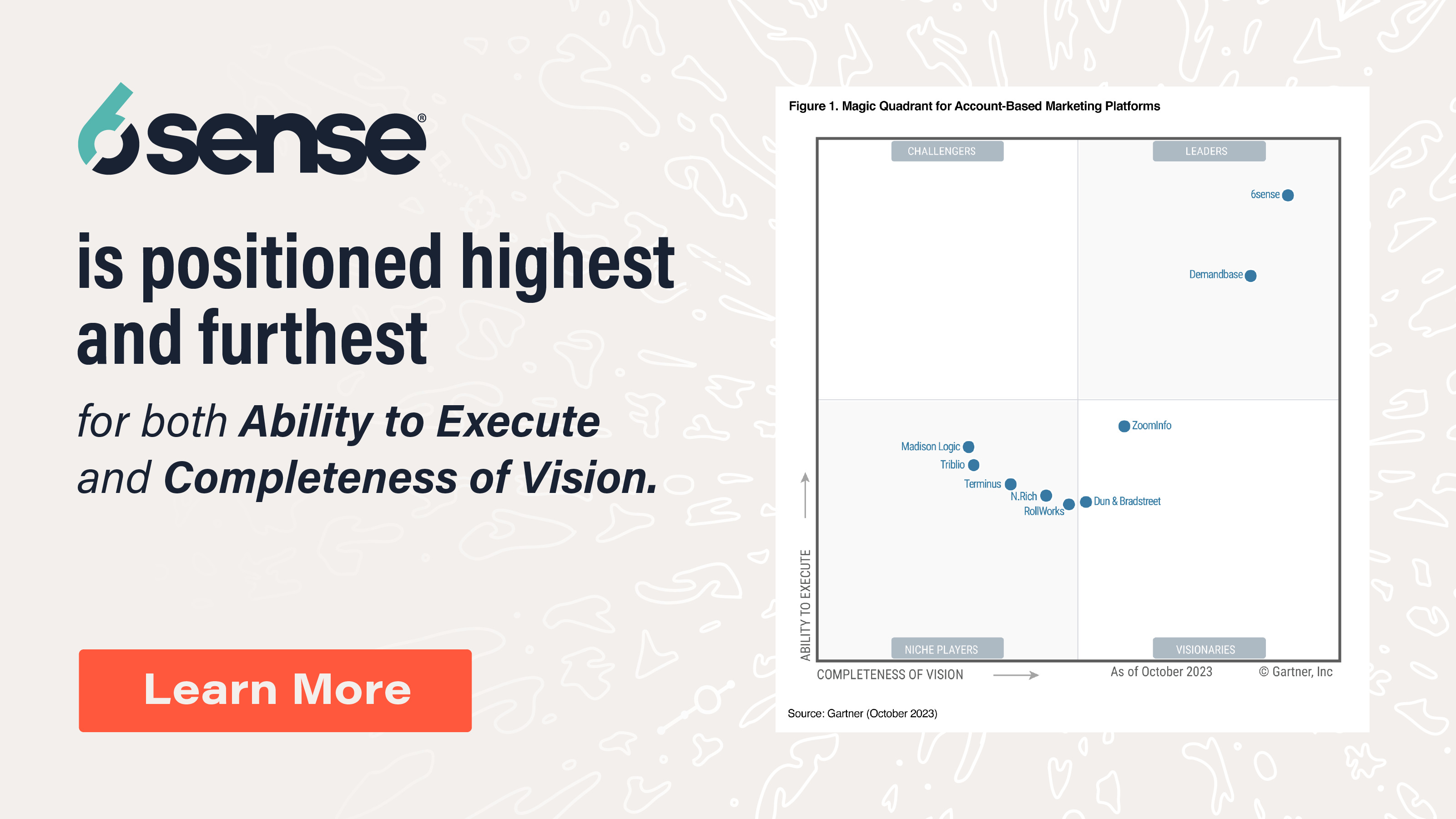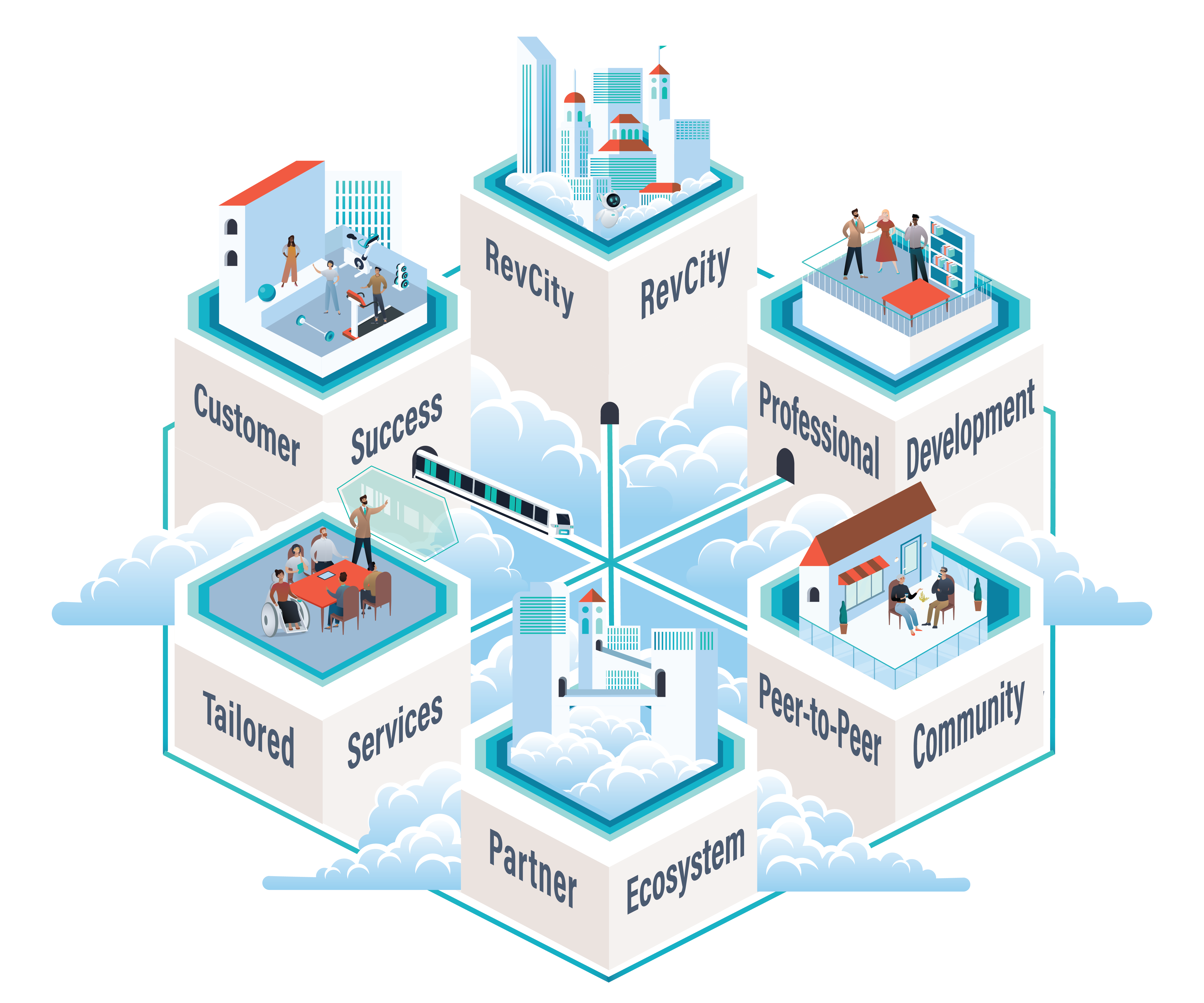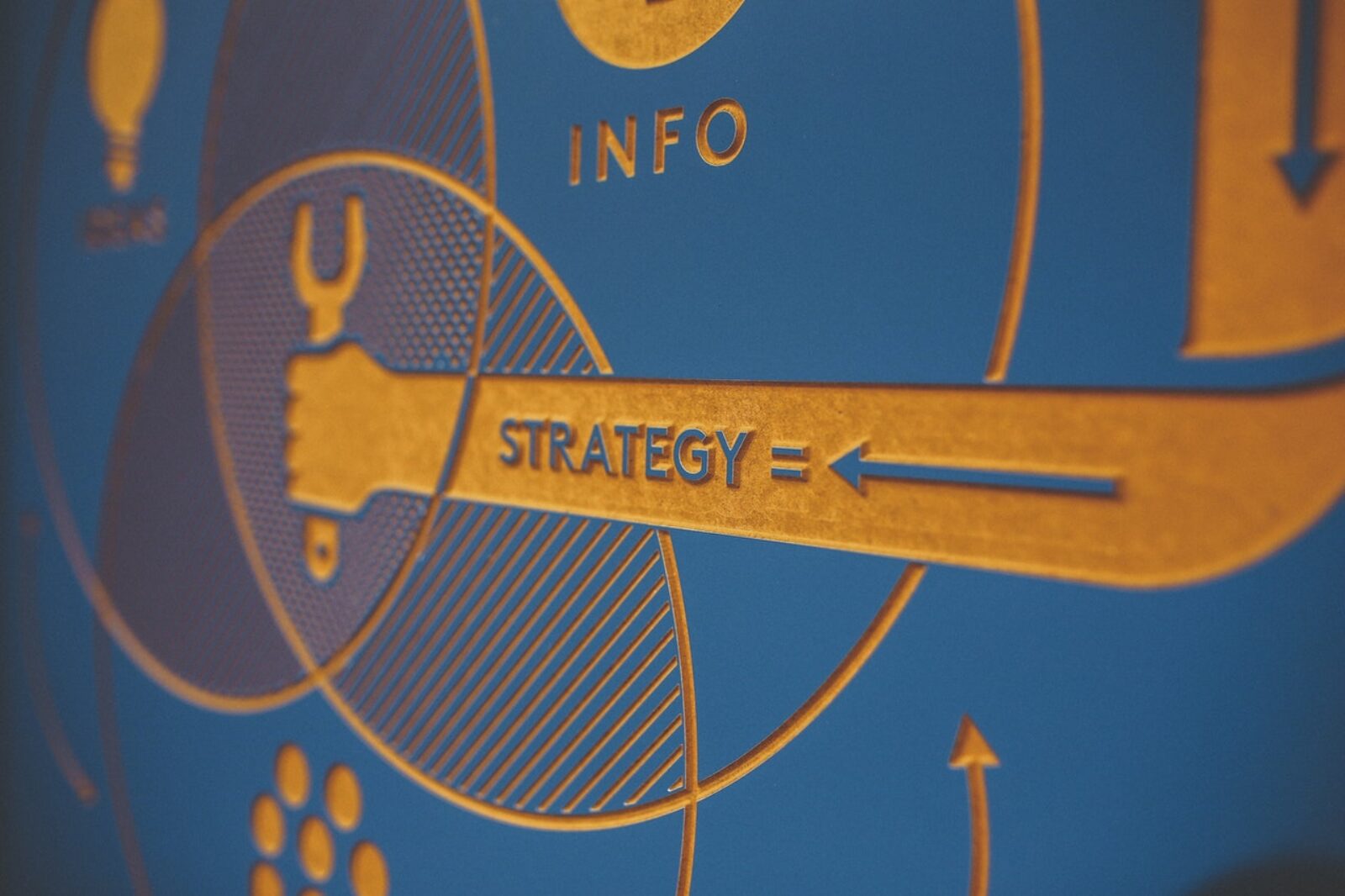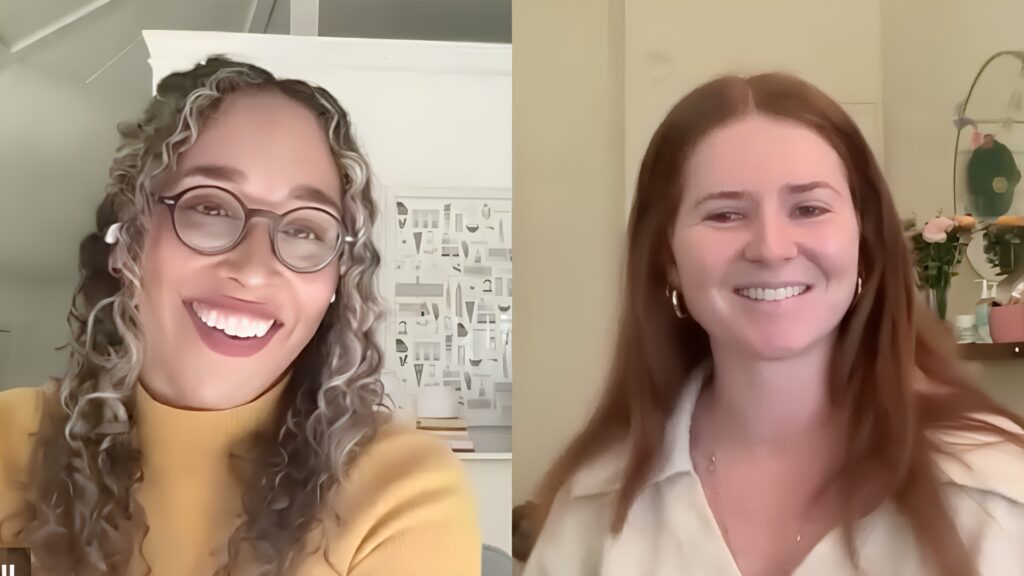Few things are more frustrating than losing a sale to a “no decision” prospect. Belal Batrawy, founder and sales community leader at Death To Fluff, has three sales methods he uses to overcome the “no decision” experience. In this post, we’ll share his insights.
“The easiest path is to lose less, not to win more,” Batrawy says. “If you’re losing less, the efficiency gained outpays what you will gain by improving your win rate incrementally.”
Three Methods to Overcome “No Decisions”
Method #1
Create a love-hate decision.
I once did consulting for a healthcare startup that helped health plan companies replace Excel sheets and pivot tables with a tool more specific for their data analytics needs.
To create a love-hate message, we told prospects that pivot tables are what high-schoolers use for their science fair projects, while data analytics is what health professionals use to solve major world problems. We told them we believed that healthcare professionals should not be using a tool made for high-schoolers.
When we asked them if they agreed, the prospects who said they loved pivot tables helped us cut right to the chase. We could immediately disqualify these buyers without having to run a full sales cycle that ends in no decision.
On the other hand, the buyers that agreed said pivot tables are ridiculous. That’s the signal to show them your solution. This technique is a quick and efficient way to turn prospects into buyers.
Method #2
Clearly present a threat to the prospect’s business.
For a different approach, you could tell a prospect that businesses that don’t pivot based on shifting buyer sentiment will lose to competitors that pivot quickly.
This invokes an emotional reaction from prospects who might feel threatened that their business is at risk. If they’re concerned, you’re just the person they’ll want to talk to. But if they don’t think it’s a big enough threat, you’ve got your signal to stop wasting your time.
Method #3
Discuss customer experience.
For the third method, we told prospects that customer experience is the new battlefield. Because most SaaS products have a “freemium” element, people can try your product before they talk to you.
We then told them that if you can’t deliver a world-class customer experience during the first minute of them using your product, you lose because they’ll never turn into a buyer.
What we’re doing here triggers an emotional response from your prospect. The prospects that don’t agree with you disqualify themselves as buyers of your product.
Conclusion
We hope you can use these examples as actionable tips you can implement to avoid those pesky “no decisions.” For information on how 6sense can help you, book a demo now.






